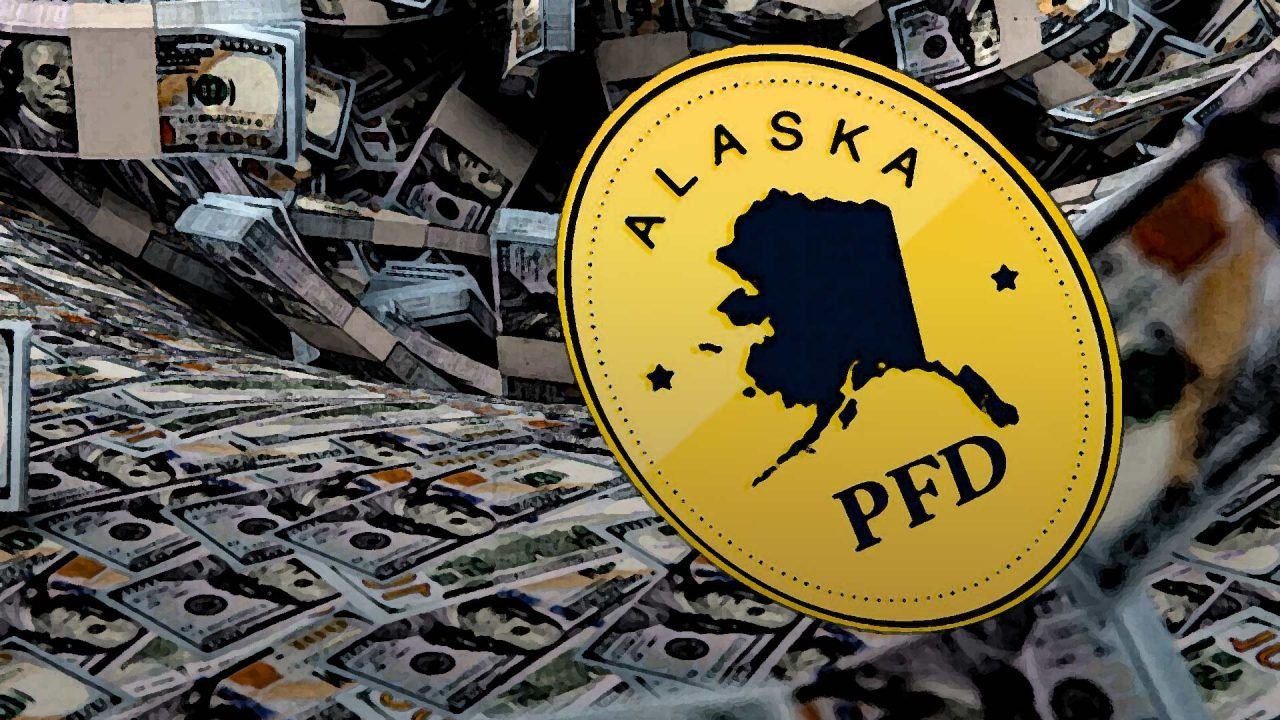Alaska residents are getting a welcome financial boost in 2025 through the state’s Permanent Fund Dividend (PFD) program. This year’s payout totals $1,702 per eligible individual, combining the regular dividend with an additional energy relief payment. For many households, particularly in remote areas with higher living expenses, this annual payment provides critical financial support for essential needs like heating, groceries, and school supplies.
What Makes Up the $1,702 Dividend
The 2025 PFD amount is the result of two components: the base dividend funded by Alaska’s oil revenue investments and a special energy relief bonus aimed at offsetting rising fuel and utility costs. Together, they bring the total to $1,702 per person. For families, the payout can make an even bigger impact. A household of four, for example, will receive $6,808, which can help cover several months of living expenses or be set aside for savings or emergencies.
Who Qualifies for the 2025 Dividend
Not everyone automatically qualifies for the PFD. The Alaska Department of Revenue enforces strict eligibility requirements to ensure the payment reaches permanent residents who contribute to and depend on the state’s economy. To be eligible, an individual must have lived in Alaska throughout 2024 with the intention of staying indefinitely. They must not have claimed residency in another state or country since December 31, 2023, and they cannot have disqualifying criminal convictions during 2024. Additionally, they must have been physically present in Alaska for at least 72 consecutive hours during 2023 or 2024, and any time spent outside the state must not exceed 180 days unless it is for approved reasons such as education, medical treatment, or military service.
Application and Verification Process

Residents had until March 31, 2025, to apply for this year’s dividend. Applications were accepted both online and by mail, but late submissions were not considered. Once the applications were received, the Department of Revenue carefully reviewed residency records, absence logs, and criminal history to confirm eligibility. Applicants who met all requirements were marked with the status “Eligible-Not Paid,” and their payments are now being processed in scheduled batches.
Payment Schedule for 2025
The distribution of the 2025 PFD is happening in four rounds, depending on when applicants’ eligibility was confirmed. The first batch of payments was released on August 21, 2025, for those whose status was finalized by August 13. The second round will follow on September 11, the third on October 2, and the final round will be issued on October 23. Most Alaskans will receive their payments through direct deposit, though physical checks are available for those who prefer them or do not have bank accounts.
Why the PFD Matters to Alaskans
The PFD is more than just a cash benefit; it is a lifeline for many residents, especially those in rural areas where the cost of living is significantly higher than the national average. Families often use the money to cover heating oil for the long winter, pay for transportation, buy groceries, or invest in savings and education. By ensuring that every eligible resident receives the same amount, the program reinforces the principle that Alaska’s natural resource wealth is shared equally among its people.
Broader Impact on the Economy
Beyond helping households, the PFD also stimulates Alaska’s economy every year. Local businesses see increased spending during the payout period as residents use the extra funds for goods, services, and community needs. This economic boost is particularly important in smaller towns and rural regions, where opportunities for income are more limited, and the annual dividend helps keep local economies vibrant.
The 2025 PFD continues to uphold the original vision of the program, which was created in 1982 to share the state’s oil wealth with its residents. For many Alaskans, this year’s $1,702 payment is not just financial relief but also a reminder of the state’s commitment to supporting its communities, even during challenging economic times.

